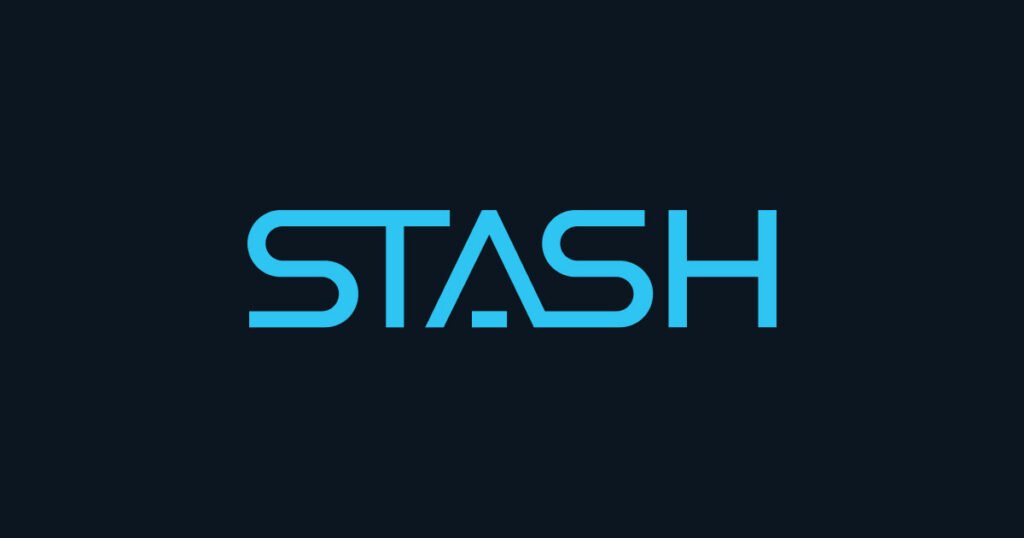Stash, a fintech company offering an investing app geared towards lower and middle-income consumers, has recently secured $40 million in funding through a convertible note. This funding round, led by T. Rowe Price, a prominent backer of the company, is seen as a strategic move to bolster Stash’s position as it sets its sights on an initial public offering (IPO) in the near future. The financing not only provides Stash with necessary capital but also extends its financial runway without impacting its valuation.
Convertible Notes: A Strategic Financing Option
Convertible notes, also known as convertible debt, offer an intriguing financing strategy for startups like Stash. These short-term loans have the potential to be converted into equity at a later stage. CEO Liza Landsman notes that this approach allows the company to maintain flexibility and focus on profitability without immediately affecting its valuation. In essence, it enables Stash to navigate market conditions while advancing its business goals.
Independent Audit Chair Appointment
In conjunction with this funding announcement, Stash has appointed Amy Butte, former CFO of the New York Stock Exchange, as its first independent audit chair. This move underscores Stash’s commitment to ensuring transparency and accountability, especially in the consumer fintech sector. Landsman emphasizes the significance of having independent oversight, particularly for fintech companies.
Why Stash Skipped Venture Capital
Stash consciously opted to bypass raising additional capital through traditional venture capital routes. The decision was influenced by market volatility and the company’s proximity to profitability. According to Landsman, Stash is on track to achieve profitability by the end of 2024. This strategic choice reflects the company’s focus on striking a balance between growth and profitability.
Impressive Growth and Cost Management
Despite falling slightly short of its projected $125 million in annual revenue in the previous year, Stash has improved its profit margins. The company ended 2022 with a gross margin exceeding 50%, and it aims to achieve nearly 75% by the end of 2023. Stash currently boasts 2 million active subscribers who have collectively saved nearly $3 billion over time.
To strengthen its financial position, Stash has also implemented cost-cutting measures, including workforce reductions. While the company began 2022 with around 500 employees, it now operates with approximately 320 staff members. It anticipates adding about 15 more workers by the end of the year, along with strategic hires like Chien-Liang Chou as its chief technology officer (CTO).
Competitive Landscape
Stash competes in the fintech space alongside companies like Acorns and Robinhood, with Acorns being a more direct rival due to its similar customer target base. Stash’s pricing plans start at $3 per month, allowing customers to invest in fractional shares of stocks and funds with as little as one cent. Unlike some competitors, Stash emphasizes a long-term investment approach and does not rely on frequent trades for revenue generation.
Rebecca Kaden, managing partner at Union Square Ventures, recognizes Stash’s uniqueness within the fintech sector, emphasizing its ability to blend investing tools with advice and proprietary technology. This positioning, along with its commitment to simplicity and accessibility, sets Stash apart in the evolving landscape of financial technology.


